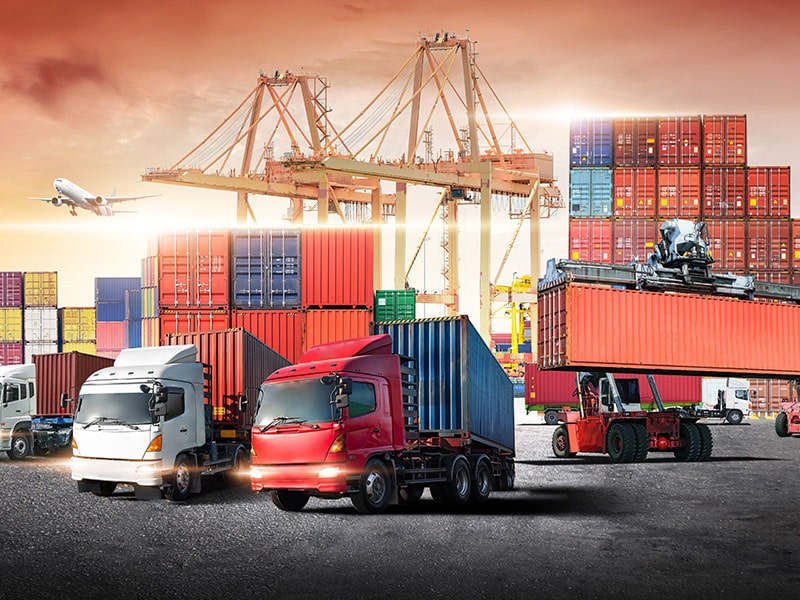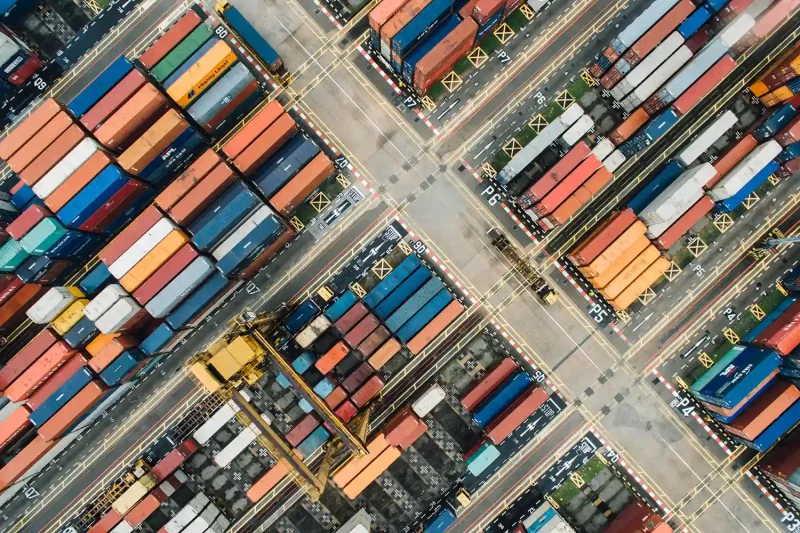Mastering the Art of Shipping Large Containers: A Comprehensive Guide

Shipping large containers can be a complex process that requires careful planning and execution. Whether you are a business owner looking to transport goods or an individual moving overseas, understanding the intricacies of shipping large containers is essential. In this comprehensive guide, we will delve into the various aspects of shipping large containers, from choosing the right container size to navigating customs regulations. By the end of this article, you will have a solid understanding of how to ship a large container efficiently and effectively.
- Assessing Your Shipping Needs:
Before embarking on the shipping process, it is crucial to assess your specific requirements. Consider factors such as the type and size of the goods, the destination, and any special handling or storage requirements. This initial assessment will help you determine the most suitable container size and shipping method for your needs. - Choosing the Right Container Size:
Selecting the appropriate container size is vital to ensure the safe and secure transportation of your goods. Common container sizes include 20-foot, 40-foot, and 40-foot high cube containers. Evaluate the volume and dimensions of your cargo to determine the optimal container size. Additionally, consider factors such as weight restrictions, stacking capabilities, and any specialized container types required for specific goods. - Packaging and Securing Your Cargo:
Proper packaging and securing of your cargo are essential to prevent damage during transit. Use high-quality packaging materials and ensure that your goods are adequately protected against moisture, impact, and shifting. Utilize dunnage, bracing, and blocking techniques to secure the cargo within the container and minimize the risk of damage. - Documentation and Customs Compliance:
Navigating the complex world of customs regulations is a crucial aspect of shipping large containers. Ensure that you have all the necessary documentation in order, including bills of lading, commercial invoices, packing lists, and any required permits or licenses. Familiarize yourself with the customs regulations of the destination country to avoid delays or penalties. - Freight Forwarders and Shipping Lines:
Engaging the services of a reputable freight forwarder or shipping line can greatly simplify the shipping process. These professionals have the expertise and resources to handle all aspects of container shipping, from booking the container to arranging transportation and customs clearance. Research and select a reliable partner who can meet your specific needs and provide end-to-end solutions. - Transportation and Logistics:
Efficient transportation and logistics are crucial for successful container shipping. Consider factors such as the mode of transportation (sea, air, or land), the availability of suitable ports or terminals, and the overall transit time. Optimize your logistics chain by coordinating with carriers, freight forwarders, and other stakeholders to ensure a smooth and timely delivery. - Tracking and Insurance:
Maintaining visibility and ensuring the safety of your cargo throughout the shipping process is essential. Utilize tracking technologies and systems provided by shipping lines or freight forwarders to monitor the location and condition of your container. Additionally, consider obtaining appropriate insurance coverage to protect against potential losses or damages during transit.
Conclusion:
Shipping large containers requires careful planning, attention to detail, and adherence to regulations. By following the steps outlined in this comprehensive guide, you can navigate the complexities of container shipping with confidence. Remember to assess your specific needs, choose the right container size, package and secure your cargo properly, comply with customs regulations, engage reliable partners, optimize transportation and logistics, and track your shipment. Armed with this knowledge, you are well-equipped to ship large containers efficiently and effectively.







